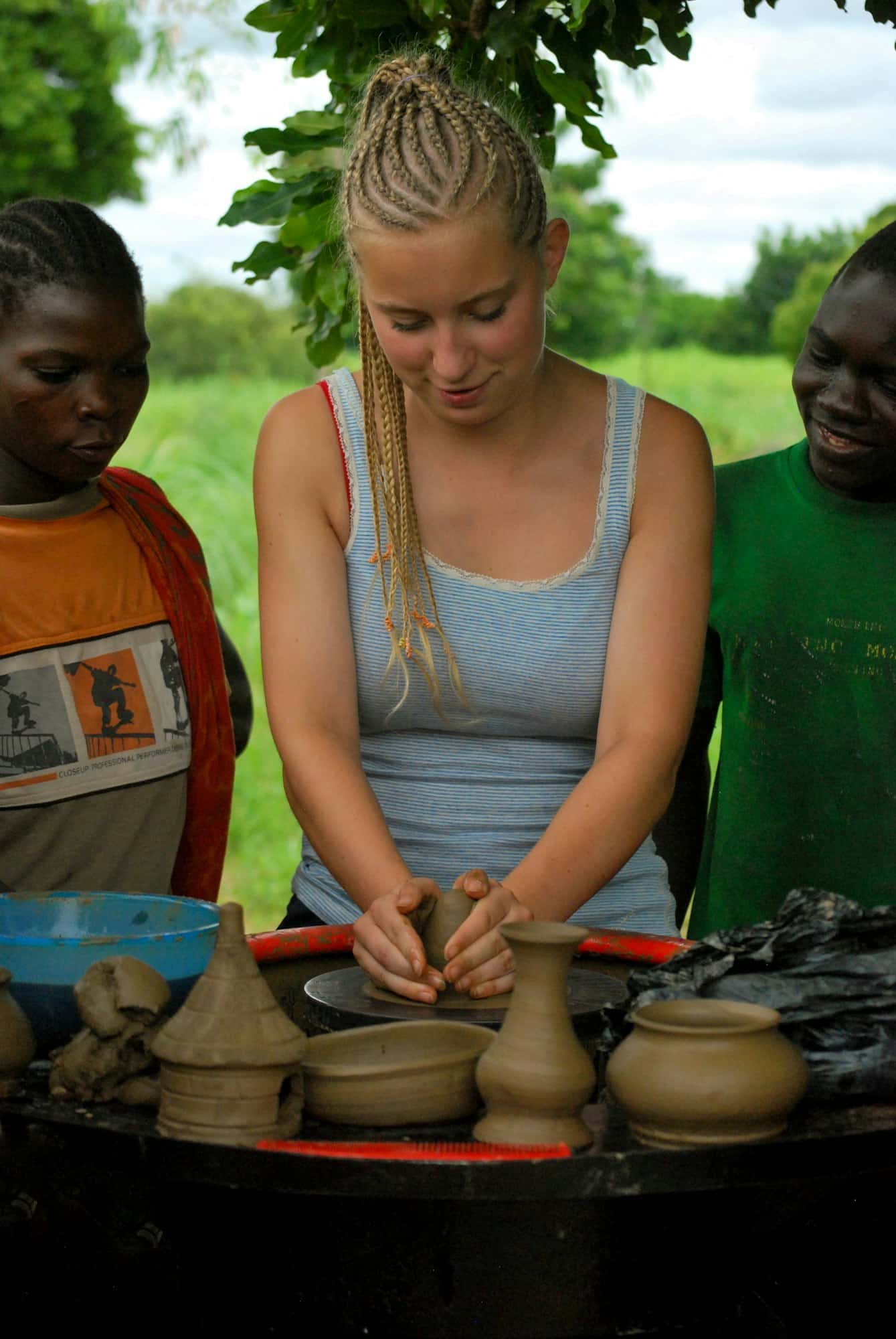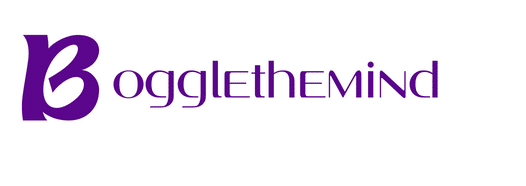What’s the Best Rehabilitation Protocol for Post-ACL Surgery in Professional Basketball Guards?

When professional basketball guards undergo anterior cruciate ligament (ACL) surgery, the path to rehabilitation is crucial for a successful return to the court. The intricate nature of this injury demands a robust, systematic, and well-structured rehabilitation protocol. The aim is to restore strength, agility, and resilience, thereby reducing the risk of reinjury and optimizing performance. The following sections delve into the optimal rehabilitation strategies, providing valuable insights into this critical process.
The Importance of Individualized Rehabilitation
Every athlete is unique, and so is their response to injury and recovery. Given the variables such as the athlete’s physique, surgical details, and career phase, it’s crucial to customize the rehabilitation protocol to optimize recovery.
A lire également : How to Develop a Personalized Hydration Strategy for Trail Running in Hot Climates?
Preoperative phase
Before the surgery, the focus should be on reducing swelling and pain, and enhancing range of motion, strength, and neuromuscular control. These measures prepare the player mentally and physically for the surgery and the subsequent rehabilitation process.
Immediate postoperative phase
The goals in this stage are to control pain and swelling, regain a full range of motion, and restore joint stability. Early weight-bearing exercises, with the aid of crutches if necessary, can facilitate rapid recovery.
A lire en complément : What’s the Role of Mechanical Muscle Stimulation in Improving Endurance in Cross-Country Skiing?
Intermediate phase
This phase involves progressive resistance exercises to restore strength, balance, and proprioception. The focus is on muscular endurance and coordination – vital components for a basketball guard.
Incorporating Progressive Load Management
Effectively managing the load during rehabilitation is crucial for a professional basketball guard. Load management refers to the volume, intensity, and type of activities that are part of the rehabilitation process.
Early phase load management
During the early stages post-surgery, the rehabilitation protocol should gradually introduce weight-bearing and range of motion exercises. This is essential to avoiding overloading the healing tissues, which could stall progress or even lead to further injury.
Intermediate phase load management
As the player’s body adapts, the focus shifts to strength and conditioning. This phase should integrate extensive resistance exercises with appropriate load and repetition to progressively build strength and endurance.
Advanced phase load management
The athlete should now be ready for advanced exercises that mimic the intensity and complexity of their sport-specific activities. This will ensure the athlete’s readiness to return to the court.
Embracing Sport-Specific Training
The ultimate goal of any rehabilitation protocol should be to enable the player to return to their sport at the same or higher performance level. Hence, incorporating sport-specific training in the rehabilitation protocol is vital.
Plyometric and agility exercises
These types of exercises are particularly beneficial for basketball guards. They target speed, agility, and explosive power, which are key attributes for a guard.
Basketball-specific skills
The rehabilitation protocol must progressively integrate basketball-specific exercises. These can include dribbling, passing, shooting, and defensive movements. The idea is to gradually reintroduce the player to the demands of the game in a controlled, safe environment.
The Role of Psychological Support
The psychological aspects of ACL injury rehabilitation are as important as physical conditioning. Dealing with the emotional toll of injury and the stress of recovery requires adequate psychological support.
Psychological counseling
It’s beneficial to involve a sports psychologist in the rehabilitation process. Counseling can help the athlete deal with the challenges inherent in the recovery journey. Overcoming fear of reinjury, managing stress, and staying motivated are key psychological factors to address during recovery.
Mental skills training
Techniques such as goal setting, visualization, and relaxation can be valuable tools in supporting mental health during recovery. Mental skills training can equip the athlete with strategies to manage their recovery process effectively.
Engaging Cutting-edge Rehabilitation Technology
Modern technology offers promising opportunities to improve the efficiency and effectiveness of rehabilitation. From wearables that track recovery metrics to virtual reality that simulates game situations, technology is revolutionizing the rehabilitation journey.
Wearable technology
These devices can monitor variables such as range of motion, strength, and gait patterns. This data can help physiotherapists adjust the rehabilitation protocol to optimize recovery.
Virtual reality (VR)
VR can be a powerful tool in rehabilitation. It allows players to practice sport-specific movements and strategies in a simulated environment, enhancing readiness to return to the court.
To summarize, an optimal rehabilitation protocol post-ACL surgery in professional basketball guards should incorporate individualized rehabilitation, progressive load management, sport-specific training, psychological support, and cutting-edge rehabilitation technology. These elements, combined with the athlete’s commitment and resilience, can pave the way for a successful return to the court.
Rehab Techniques Supported by Science
Considering the variety of research available on ACL rehabilitation, it’s essential that the techniques used in the rehab protocol are supported by scientific literature. Using studies from platforms such as Google Scholar, PubMed, and PMC Free, professionals can design a recovery plan based on empirical evidence.
Evidence-based strengthening exercises
One crucial aspect is the strengthening of muscles surrounding the knee, particularly the quadriceps. Research shows that the quadriceps strength is essential for knee stability, and its weakness can contribute to ACL injury. Hence, incorporating strengthening exercises like single leg squats, step-ups, and lunges is necessary. These exercises can be found in articles in Sports Med and Med Doi, which provide systematic reviews of ACL rehabilitation protocols.
Range of motion exercises
Another important aspect of rehabilitation is restoring the range of motion in the knee. Studies have shown that knee flexion exercises are significant during the initial rehab phases to regain complete range of motion. Examples of such exercises are heel slides and wall slides.
Neuromuscular training
According to multiple studies, neuromuscular training can significantly reduce the risk of ACL reinjury. This training involves exercises that enhance balance and coordination, like single leg stance and proprioceptive exercises.
Physical therapy consultations
Lastly, regular consultations with a physical therapy professional are essential. Therapists, guided by the latest findings from Phys Ther journals, can assess the athlete’s progress and adjust the rehabilitation program as needed.
The Final Stage: Return to Sport
The ultimate objective of any rehabilitation program post-ACL surgery is to facilitate the athlete’s return to sport, specifically the basketball court. The return sport phase should be guided by scientifically-backed return-to-play criteria to ensure the player is fully prepared to resume play.
Functional testing
Before the player returns to the field, they should undergo functional testing. Research supports the use of tests like the single leg hop for distance, co-ordination and agility drills. These tests ensure the athlete’s readiness to withstand the demands of basketball.
Gradual return
A systematic review of ACL reconstruction recovery suggests a gradual return to sport. The athlete should initially resume non-contact training, then progress to practice matches, and finally, full-contact games.
Reinjury prevention
Preventing reinjury is a critical aspect of the return sport phase. The incorporation of neuromuscular training exercises into the player’s conditioning routine can minimize the risk of reinjury. Additionally, regular assessments with a physical therapist can detect potential issues early.
Conclusion
The path to recovery post-ACL surgery for professional basketball guards is complex. It necessitates an individualized rehab protocol that addresses physical and psychological aspects of recovery, incorporates evidence-backed techniques, and utilizes modern technology. Ensuring the gradual return to sport under professional supervision is also critical. With an informed and comprehensive approach, a successful return to the court is possible. These insights, supported by research from Google scholar, PubMed, and other scholarly platforms, provide the blueprint for an effective rehabilitation journey post-ACL surgery.
